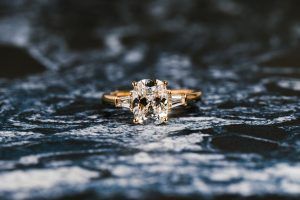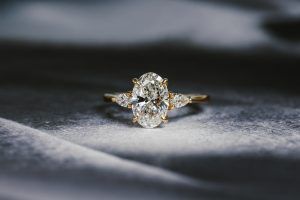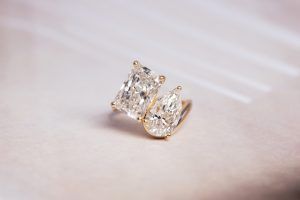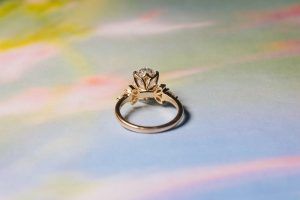
written by Jessica
Green Emerald Stone: Everything You Need To Know
That deep, lush, Grace Kelly green. It has been called the jewel of kings, and serves up as the May birthstone – calling all the May babies! We see you.
Emeralds have always captivated the ones who love the classics. If green emerald stone have been on your mind this season, we at Engage are here to give the full rundown. Let’s go!
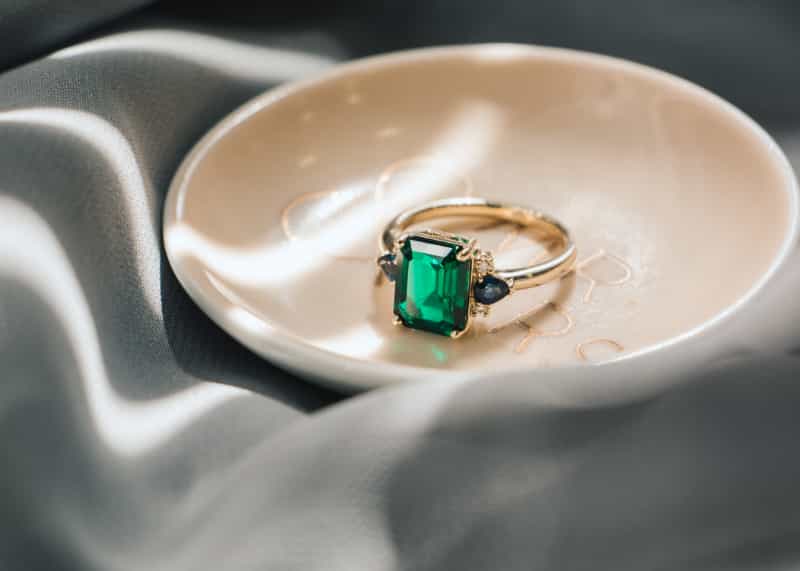
We begin together with the factors that contribute to the value of the green emerald stone.
The Emerald Green
Color is what the emerald is known for. The beautiful range in shade that we get with the emerald stone is also linked with where they come from.
Generally deeper the saturation, higher the value in price. What devalues the green emerald stone is if the color doesn’t have that rich saturation all throughout the stone. Remember that this is the value, but your preference always takes the forefront. This is your story, and you have final say in curating your ring.
Colombia is very well known for their emeralds and almost has a bluish tinge to their green.

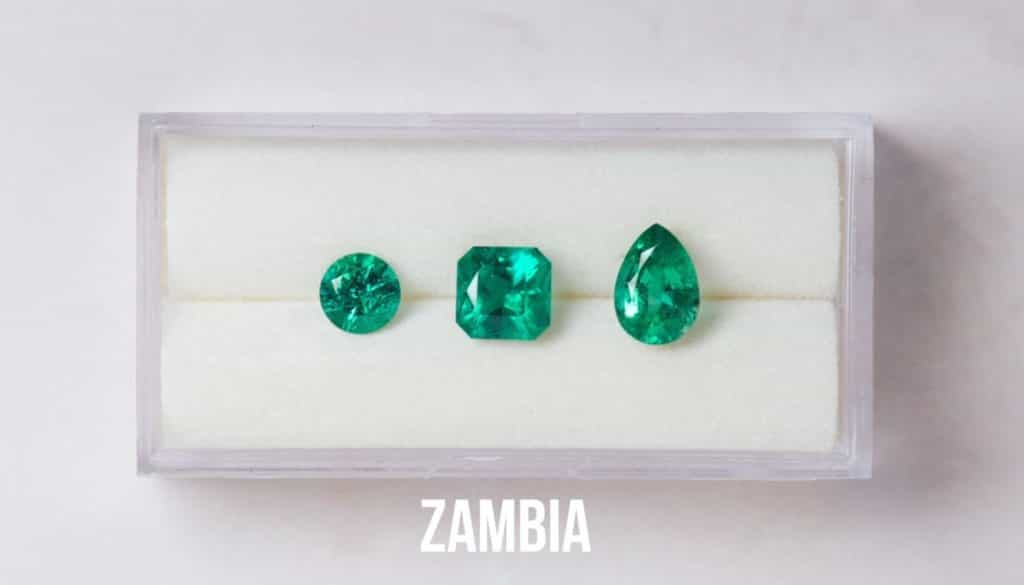
Beautiful ones from Zambia, typically a bit darker in color.
Brazil and Ethiopia bring in slightly different shades of green.

Perfect Imperfections
The other thing that really affects pricing is clarity. For perspective let’s do a recap of the three types of gemstones.
Type One – Almost flawless in clarity, think morganite.
Type Two – Think rubies and sapphires. There are imperfections, but very small or invisible.
Type Three – This is where our beauty, the green emerald belongs to. Your stone will always have imperfections, and it’s really the character of the stone.
Chromium
Here’s the catch-22. It comes down to one word, chromium!
Chromium is a chemical element that creates that beautiful dark rich green in emerald stone. We love it. But- it is also the same element that creates the imperfections throughout the stones. And you know what, we still love it. Because this is where we come in and help find a nice balance of that lush green, and well placed imperfections that do not blemish the entire stone.
The imperfections themselves in the stone may or may not be very visible, but they are going to affect the way the color shows. Lots of imperfections in emeralds tend to look opaque or flat, while with little to no imperfections the color shows off more, and some even notice a greater *shine*.

Opaque/flat – more imperfections

Greater *shine*/more reflective – little to no imperfections
If you’ve followed us for a while you’ll know that we want you to follow your visual preference, your heart preference. The emerald’s imperfections are actually a distinguishing feature of the stone itself. You might really enjoy an emerald with the markings throughout, or some clients gravitate towards a “cleaner” stone.
Big question.
Are emeralds a good stone for engagement rings?
The simple answer is yes! And maybe.
The reason is, the imperfections can make the stone more prone to chippage and they have a softer shell. This also depends on where and types of imperfections there are. If they are closer to the claws of the ring, it’s a nono. If they’re somewhat near the middle, it shouldn’t be an issue.
This is where the skill of the setter is so paramount because of their years of mastery and experience with gemstones, knowing exactly how to set the stone, where to apply the pressure where not to, ultimately to eliminate the unnecessary breakage or chipping that you might get with a more junior inexperienced setter.
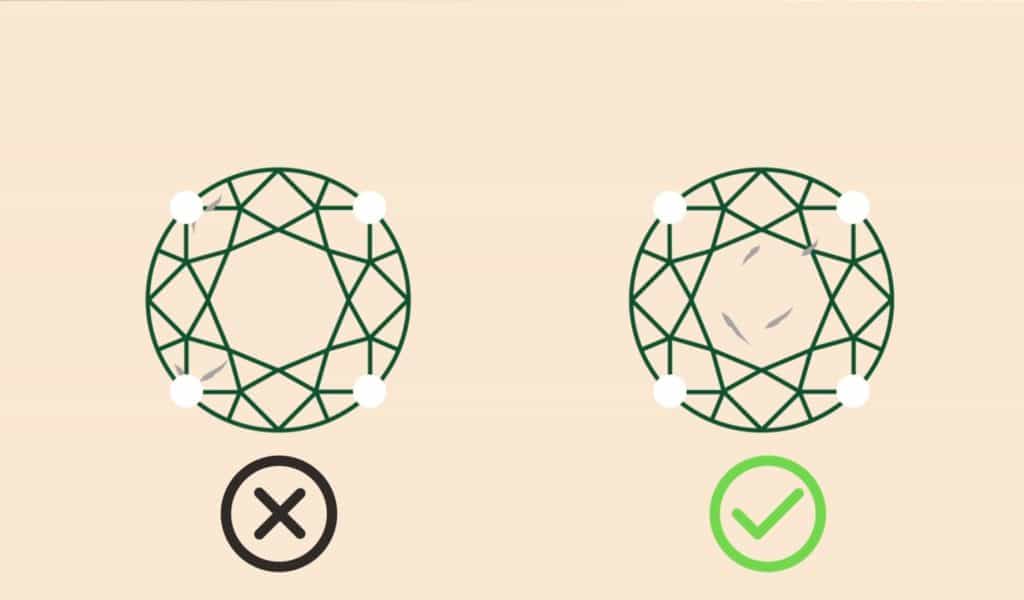
Big question number two. Is there an ideal shape for an emerald gemstone? Simple answer coming…

Nope.
Round, square, pear, all have their unique charm, and yet the most popular shape is the emerald cut! The stone grows in these hexagonal formations that lend itself brilliantly to the shape showing off the color and shape.
Pattern Variations
The facet patterns for these shapes wildly vary upon stone. There is no standardization, meaning you can literally have three stones of the same shape, but the facet patterns are different. This will completely alter the look of the stone.
Carat Weight Is A Meaningless Concept
Carat weight is a meaningless concept! Carat weight is a meaningless concept!
Measurements are what matter.
You can have three emeralds with the exact same carat weight and they will vary widely with size.
You really want to consider the millimeter proportions, not the carat weight therefore it’s super important to compare multiple stones together so your eye can be the definitive judge.

Last Question. Lab-Created Or Natural?
Lab Created Pros:
They’re *flawless* – They’re near flawless to the naked eye. You’re not going to run into chippage issues more prevalent in naturals.
Cost! – This is going to be a fraction of the equivalent in a natural.
Bigger stones – lower cost with bigger stone.
Lab Created Cons:
Limited choice of color – They typically come in only one or two different shades of green.

Natural Pros:
Way more variety! You name it. Shades, the look, the imperfections. Every stone is truly unique.
Natural Cons:
Cost – You’re going to be paying a bigger premium for a natural stone compared to a lab-created one.
Natural emerald pictured on the left, lab-grown on right.

Last Question. Lab-Created Or Natural?
Phew! Are you feeling like an expert in emeralds? We love giving you all the insider info. With all this terminology tucked under your belt, we would like to officially give you, reader, the title of “emerald pro”.
At Engage Studio, we’ll curate a selection of handpicked emeralds tailored to your style and budget, and design a custom engagement ring that highlights what you love about this beautiful green gemstone. When you’re ready, contact us. We would love to curate a fabulous selection of emeralds and figure out which one’s right for you.



